Installation of Rector Renaud Dehousse at SAIS Europe in Bologna
Thank you, Mayor LePore. It is wonderful to be back here in Bologna with all of you.
In February 1955, mere steps from here at the Aula Magna, more than a thousand people gathered for the inauguration of the SAIS program in Bologna.
Assembled on a similar stage were C. Grove Haines (SAIS’s first director in Bologna), Felice Battaglia (University of Bologna rector), and Clare Boothe Luce (U.S. Ambassador to Italy).
As I look across this hall, we are again honored to be with the United States Ambassador, the rettore of Unibo, and our new rector of a reimagined SAIS Europe.
As Yogi Berra, the great Italian American sage and famous catcher for the New York Yankees put it, it’s “déjà vu all over again.”
All we’re missing are the macebearers in wigs. I hope we can all agree even in this moment of polarization that some things are best left in the past.
As our scholars of history know well, however, that scene might have seemed unlikely a mere six months before. As the world slowly settled into a fragile post-WWII peace, Italy and Yugoslavia continued to spar over control of Trieste.
Today, Trieste is Italy’s acknowledged coffee capital.
Back then, it was a second Iron Curtain, an internationally brokered partition between Anglo-American and Yugoslavian forces.
But the partition was crumbling.
Riots erupted across the region. Political instability roiled Italy after the fall of Prime Minister De Gasperi.
And troops on both sides began to mobilize.
Among others, one of the installation’s attendees, Ambassador Clare Booth Luce saw a lit fuse hurtling the tinder box of the continent once more toward chaos.
Unfortunately, she was met with more than a little recalcitrance on both sides of the ocean as she sought a peaceful resolution. Such a result took more than a year of international collaboration with British, French, and Austrian diplomats.
It required deft statecraft, from working with emerging Italian leadership predisposed to peace and coordinating a military retreat, to getting Yugoslavian President Tito on board.
And it demanded U.S. President Eisenhower’s full attention, which was hard to obtain.
Indeed, Ambassador Luce knew the standard memo would not do for a president with little time.
As draft after draft of meticulously crafted and detailed memos piled up around her apartment, a desperate Luce recalled from somewhere in the recesses of her mind that the president had loved a certain nursery rhyme as a child, which went: “For Want of a Nail, the Shoe was Lost.” And so, with nothing —and everything—left to lose, she penned a memo in verse: “For the want of Trieste, an issue was lost.”
It got Eisenhower’s attention. And the seeds for peace were planted.
Seven decades ago, as she took the stage at our first installation, Ambassador Luce brought to that moment the awareness not only of the power of great statecraft in times of precarity for global society, but also that statecraft is not merely a technocratic exercise. Understanding and influencing global geopolitics involves marshaling a knowledge of history, economics, culture, psychology, and yes, even poetry to move people and shape policy.
And as she told the thousands assembled that day, the collective power of the newly launched SAIS and the world’s oldest university, “represented an addition to the immediate aspiration of the world designing to know itself better to be better united.”
Over these 70 years, SAIS Europe has delivered on that promise to help the world know itself better—and to educate those who would help it to be better united.
We have brought impactful research into the practice of global diplomacy.
We have equipped generations of graduates with the skills to navigate geopolitics and resolve grand challenges.
And we have bolstered a free and open exchange of ideas animating treaties in the tradition of Trieste.
Now, with a transformational $100 million gift from James and Morag Anderson, SAIS Europe is poised to renew this compact with the world here in Bologna.
We are doubling our full-time faculty, enhancing our capacity to deliver impactful research and innovative solutions to complex policy issues.
We will draw on the wisdom of disciplines from all corners of the university, infusing our intellectual community with perspectives from across Europe, Washington, Nanjing, and Baltimore.
We are removing financial barriers to the powerful educational experience here in Bologna, opening our doors to more undergraduate and graduate students who will bring a true plurality of experiences, ideas, backgrounds, and thoughts.
And we are thrilled to welcome our inaugural rector of SAIS Europe, Renaud Dehousse. A lawyer by training, his scholarship focuses on the institutions and legal arrangements that helped fuel the growth of the EU over the past 25 years, through economic revitalization, Brexit, and eastern expansion.
Renaud embodies everything that SAIS stands for: a commitment to evidence-based inquiry, a recognition of the power of education, and faith in the university as a champion of liberal democracy.
These are trajectory-altering changes that will enable us to help the world know itself better and we hope, remain more united than divided in the next 70 years.
The stakes are as high, and the challenges just as daunting, as they were over seven decades ago.
But if déjà vu is any indication, we can meet the moment.





